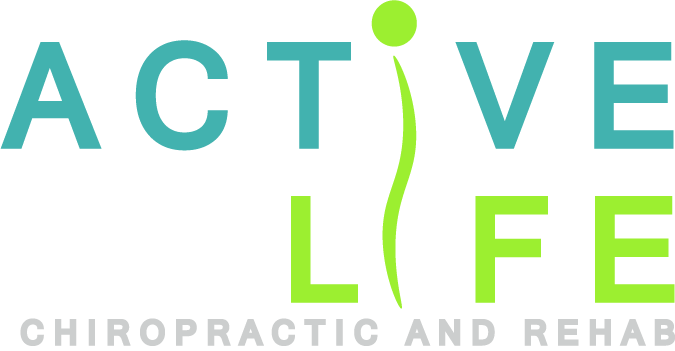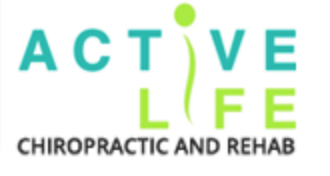What is CranioSacral Therapy?
Craniosacral Therapy is an incredible pain relief therapy that works through gentle touch manipulation of the head and spine. This helps to bring harmony to the nervous system. It is a gentle, noninvasive massage of the cranial bones and spine. It is great for people of all ages and all walks of life!
CST has evidence suggesting it to be helpful with the physical components related to PTSD, depression, and anxiety. In addition, CST has been shown to be beneficial in helping people with a wide range of symptoms including:
- Headaches
- Chronic Pain
- Joint Pain
- Scoliosis
- ADD, ADHD
- Sensory Processing
- Chronic Fatigue
- Emotional Difficulties
- Depression
- Stress
- Fibromyalgia
- Temporomandibular Joint Problems
- Post Traumatic Stress Disorder (PTSD)
- Sleep Trouble
- And many more symptoms may be helped by adding CST to treatment

If You’d Like to Know More About the History of Craniosacral Therapy
It’s actually a pretty interesting story! If you have the time and inclination, the book: “Your Inner Physician and You” by John E. Upledger tells the whole story and shares some pretty incredible anecdotes from Dr. Upledger who founded the practice of CST. The following is a shortened version taken from upledger.com (a fantastic source for more information!) and is a brief synopsis of the history of CST:
“It was in 1970, during a neck surgery in which he was assisting, that osteopathic physician John E. Upledger first observed the rhythmic movement of what would soon be identified as the craniosacral system. None of his colleagues nor any of the medical texts at the time could explain this discovery, however.
His curiosity piqued, Dr. Upledger began searching for the answer. He started with the research of Dr. William Sutherland, the father of cranial osteopathy. For some 20 years beginning in the early 1900s, Sutherland had explored the concept that the bones of the skull were structured to allow for movement. For decades after, this theory remained at odds with the beliefs of the scientific and medical communities. Dr. Upledger believed, however, that if Sutherland’s theory of cranial movement was in fact true, this would help explain, and make feasible, the existence of the rhythm he had encountered in surgery.
It was at this point that Dr. Upledger set out to scientifically confirm the existence of cranial bone motion. From 1975 to 1983 he served as clinical researcher and Professor of Biomechanics at Michigan State University, where he supervised a team of anatomists, physiologists, biophysicists and bioengineers in research and testing. The results not only confirmed Sutherland’s theory, but led to clarification of the mechanisms behind this motion – the craniosacral system. Dr. Upledger’s continued work in the field ultimately resulted in his development of CranioSacral Therapy.”

